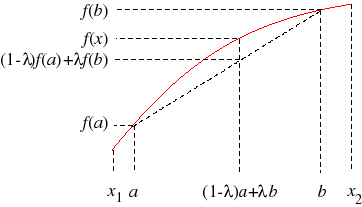dm9289
Industrial Maintenance Electrician
- Location
- Pennsylvania
- Occupation
- Industrial process repair/ maintenance Electrician
I was asked to look over a cable plan and was having some trouble determining code compliance.
We have a control panel feeding a disconnect the disconnect has 75C terminals 2 wires in conduit. 115 degrees ambient the load is continuos 310 amp
continuos 310 amp x 1.25 = 387amp
temperature is 115f so 387/.82=472.56amp
South wire dlc cable is rated like RHHW- 2 but has odd sizing for example if my terminations were 90C 646 cable would work at 493Amps
The contractor/ designer felt313 DLC was OK and rated it at 477 amp southwire says 326amps
However my terminations at the disconnect are 75C so if the designer/ contractor was married to using dlc cable (which they are) how would I calculate the necessary size??
Unless I am missing something his use of 313 DLC is pretty far off with 90c terminations. I dont know how to convert this to 75C terminations but my guess is it would be much worse yet?
We have a control panel feeding a disconnect the disconnect has 75C terminals 2 wires in conduit. 115 degrees ambient the load is continuos 310 amp
continuos 310 amp x 1.25 = 387amp
temperature is 115f so 387/.82=472.56amp
South wire dlc cable is rated like RHHW- 2 but has odd sizing for example if my terminations were 90C 646 cable would work at 493Amps
The contractor/ designer felt313 DLC was OK and rated it at 477 amp southwire says 326amps
However my terminations at the disconnect are 75C so if the designer/ contractor was married to using dlc cable (which they are) how would I calculate the necessary size??
Unless I am missing something his use of 313 DLC is pretty far off with 90c terminations. I dont know how to convert this to 75C terminations but my guess is it would be much worse yet?


